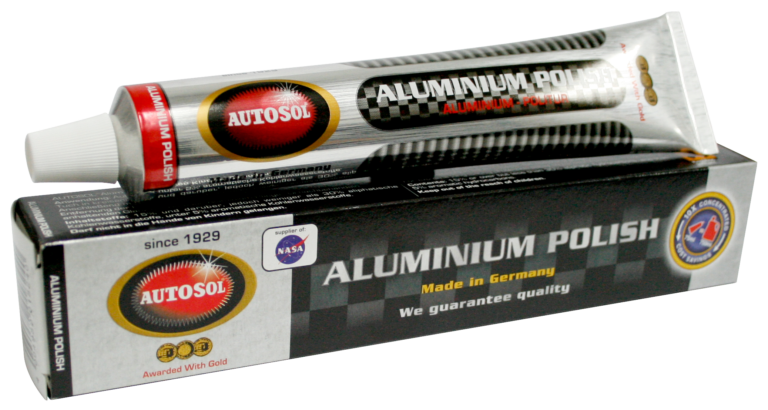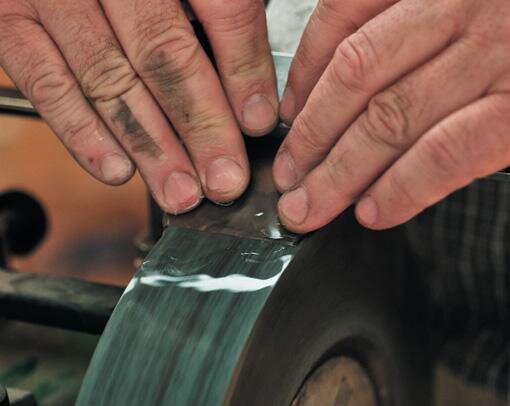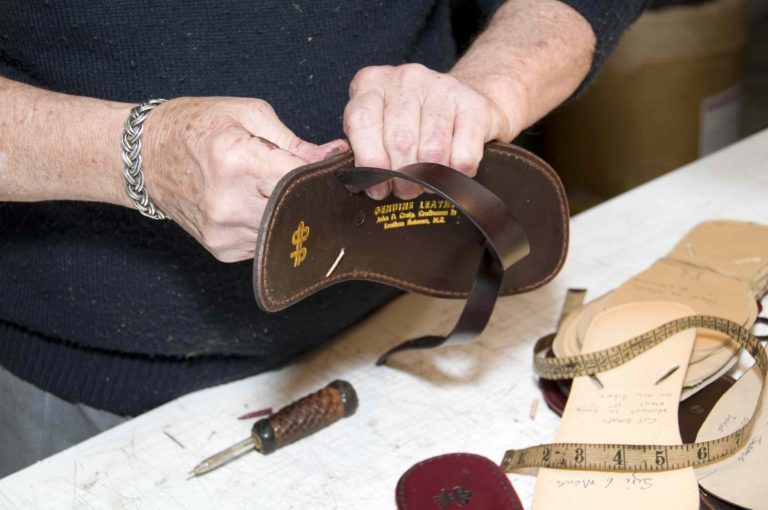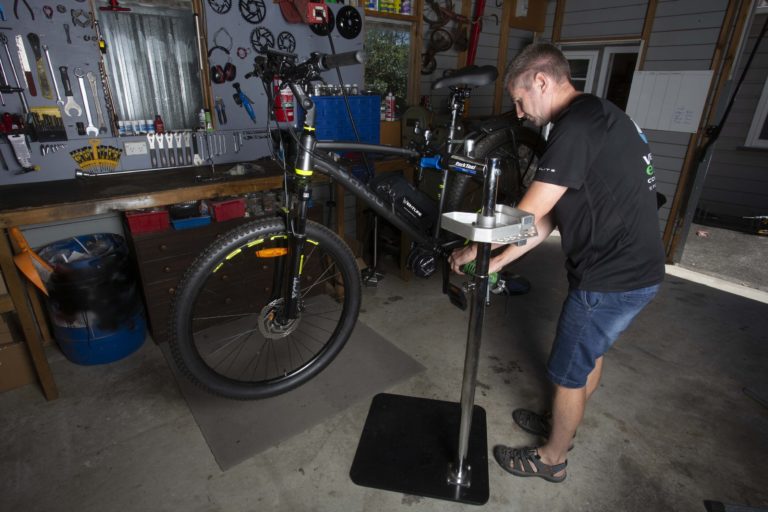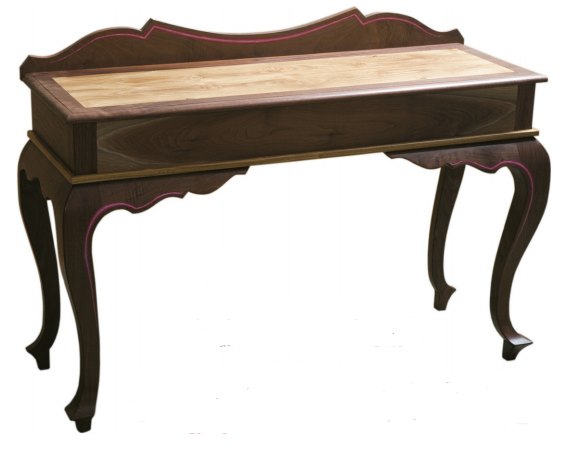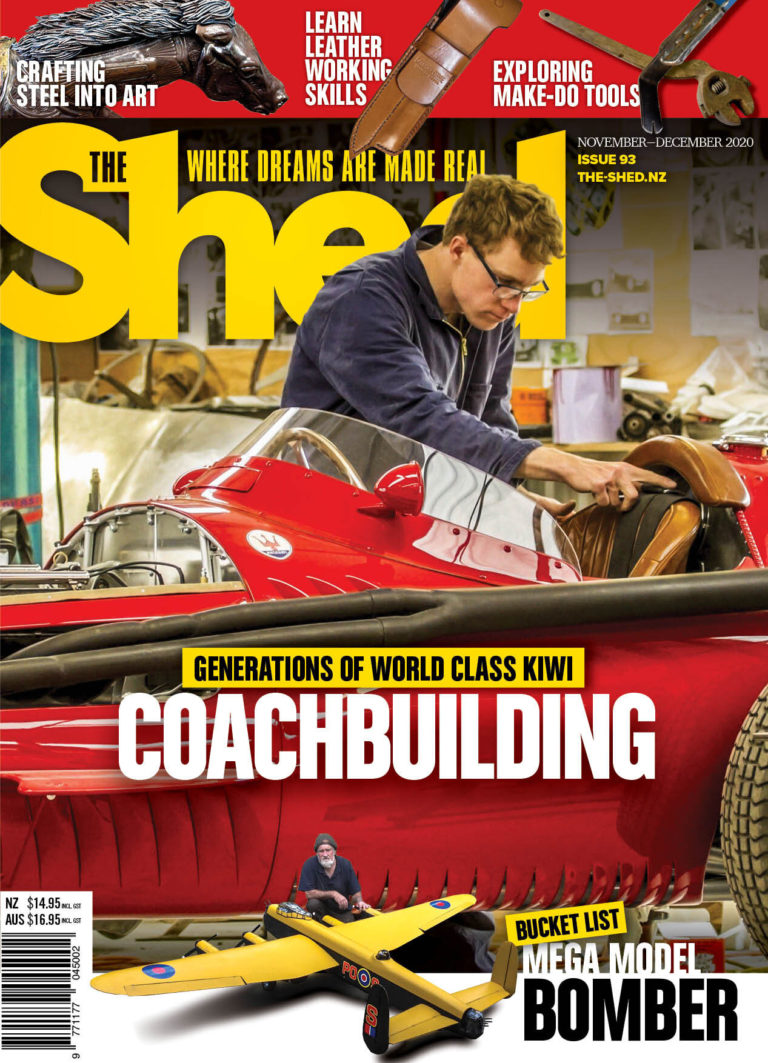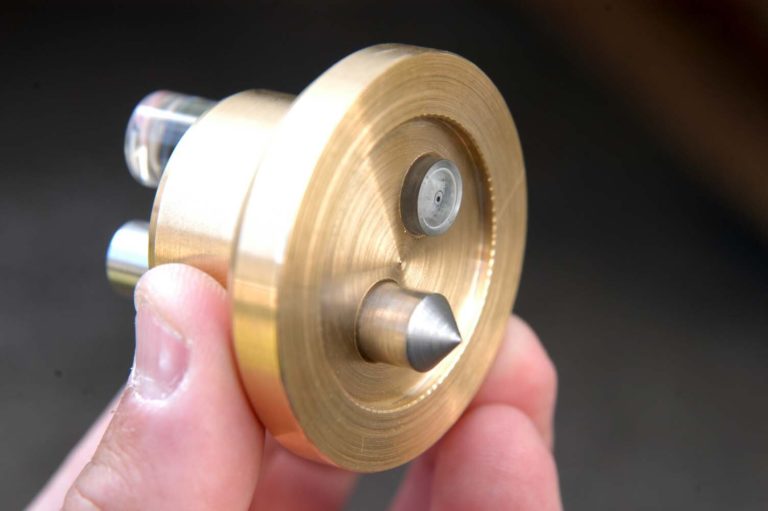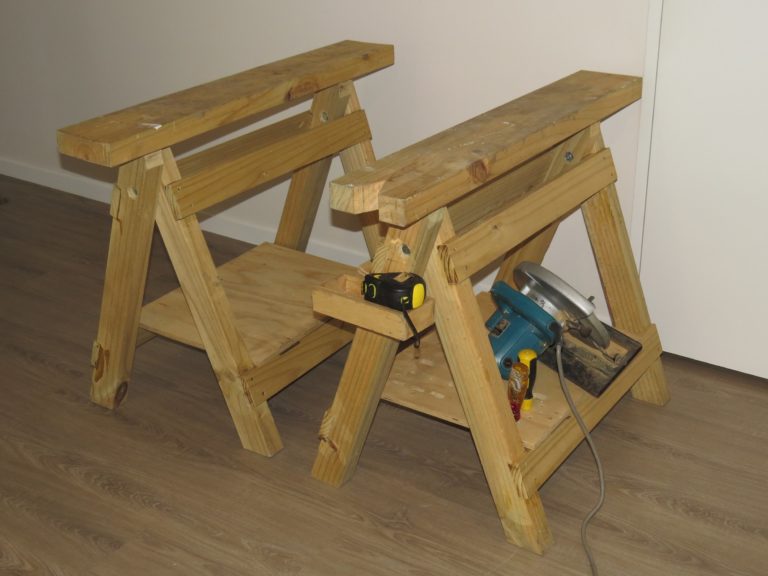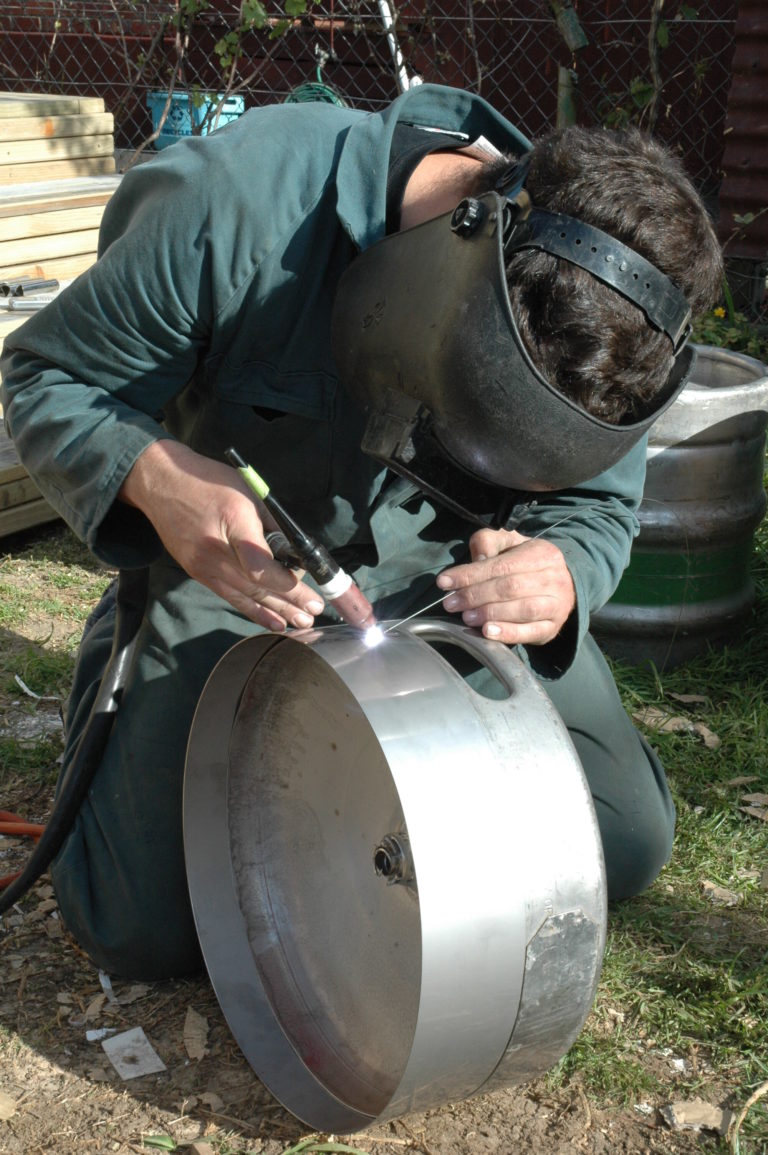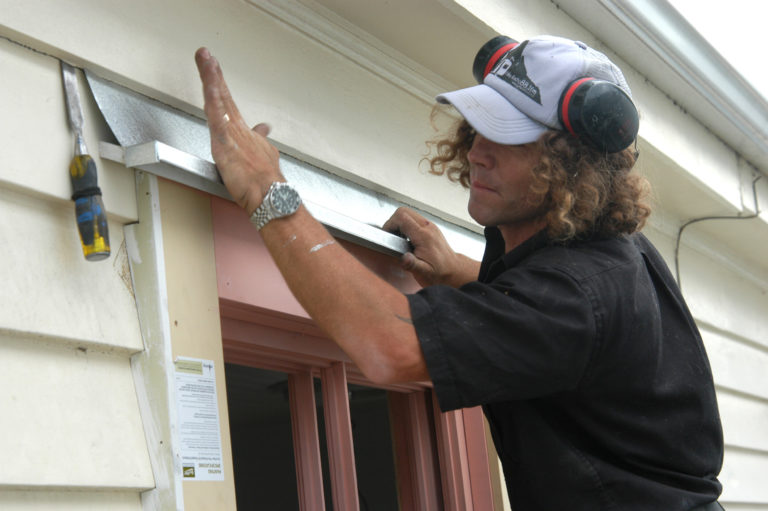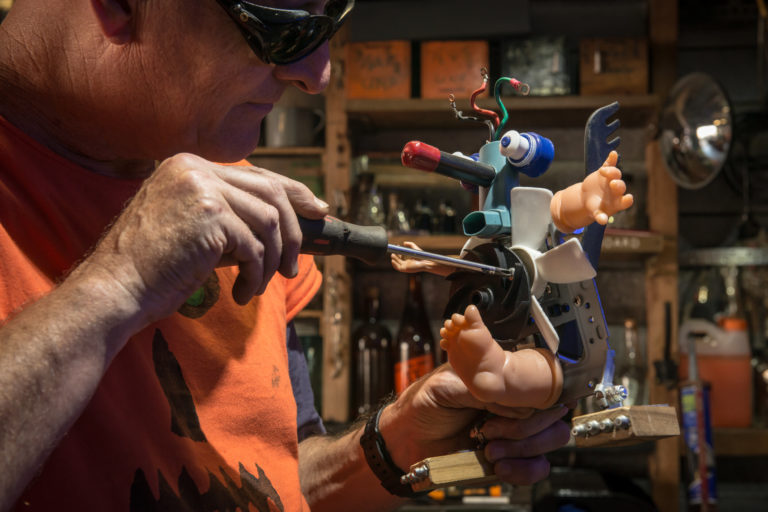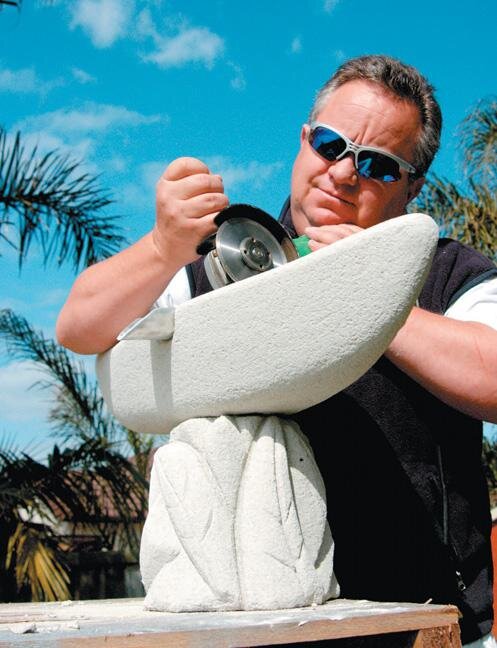
Make your own mortar water feature
As far as Do-It-Yourself art goes, I believe this is probably the best value for money, extremely satisfying, not to mention therapeutic, and it can last for years outside or can be passed down through the generations. I now enjoy doing this for its own sake, too. When you come home tired from work, it can be very relaxing to pour a mould of mortar in a box, or using one you prepared previously, to just start shaping and sculpting.

